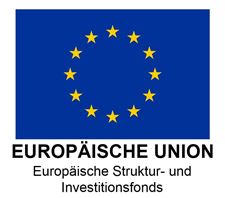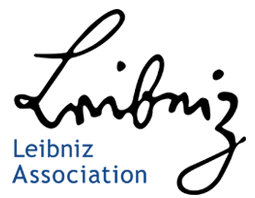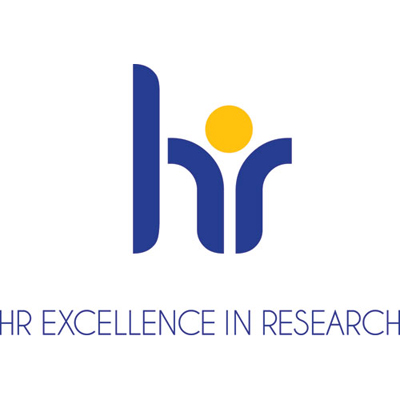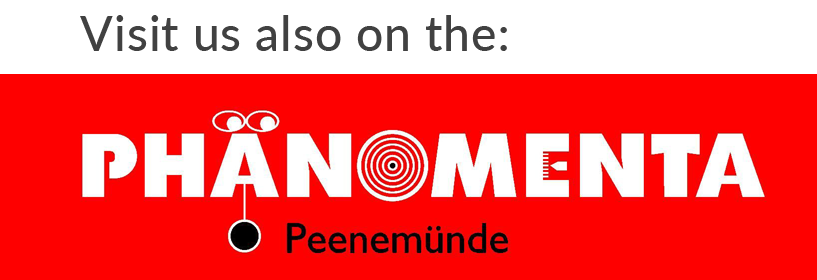Plasma Life Science
Plasma Life Science investigates the fundamentals and applications of cold atmospheric pressure plasma in the field of life sciences. A variety of plasma devices are in use for applications with liquids, microorganisms, microalgae, cells and tissues. The research work pursues new approaches to plasma technology for usage in decontamination, hygiene, medicine and also in pharmacy.
In addition, new plasma sources are tested with standardised tests with regard to their biological efficacy and antimicrobial effectiveness. For this work, INP possess modern, well-equipped laboratories and an extensive research infrastructure.
TECHNOLOGICAL EQUIPMENT
The microbiological laboratories offer the facilities for the characterisations of atmospheric pressure plasma sources with regard to their antimicrobial efficacy as well as antiviral efficacy in L2 laboratories. For this experimental work, the laboratories are equipped for all common microbiological tests:
- Safety cabinets for sterile work
- Spiral plate system for determination of live cell counts
- Spectrophotometer for colorimetric detection methods and determination of optical density
- Fluorescence microscopy
- Central gas supply with gas flow controller
- Facilities to determine the antimicrobial effect on sensitive materials, medical devices, food, etc.
- Determination of antimicrobial sensitivity (antibiogram)
The INPs strain collection includes a variety of bacteria and yeasts, which are cultivated as required for the individual experiments. Plasma sources to be tested can be set up in the laboratories and connected to the in house gas supply (argon, He, N2, O2, CO2 etc.). Permission to handle pathogens is available (§ 44 IfSG; § 49 IfSG and § 13 BioStoffV (2000/54/EG and 2010/32/EU)).
In the cell biology area, several S2 laboratories are available to perform molecular and functional analyses on the effect of plasma on metabolism, viability and expression patterns to underpin clinical applications or to develop new applications. For these analyses, the laboratories are equipped with the following methods:
- Cell culture, cytotoxicity assays, in vitro wound healing assays (scratch assay).
- Quantitative and qualitative protein analysis by Western blots, protein simple, ELISA, 1D and 2D gel electrophoresis
- Histochemical and immunohistochemical workstation (IF, ICH)
- Gene expression analysis by microarrays, qPCR, gene transfer systems
- Fluorescence microscopy, confocal laser scanning microscopy, life cell imaging
The interaction of plasmas with liquids plays a central role for many different applications of atmospheric pressure plasmas, as they are particularly relevant in plasma medicine, plasma pharmacy or plasma agriculture. Reactive species can either be transported from the gas phase into the liquid or form in the gas-liquid interface itself. The effectiveness of plasma treatments depends largely on the type and concentration of reactive species in the liquid. Various analytical techniques are used to investigate these processes:
- UV and FTIR spectroscopy
- Ion chromatography
- Electrochemical analyses, voltammetry
- HPLC etc.



































